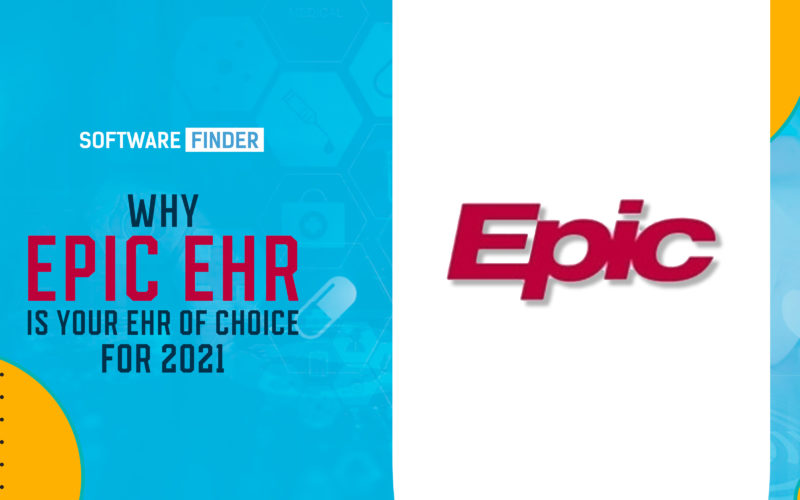

An analysis that features the total cost of ownership in the short-term and long-term so that decision makers can be fully apprised of EHR-related costs.An ROI forecast featuring short-term and long-term projections.A cost-benefit analysis focusing on specific elements of your practice such as quality of care, customer service or efficiency.

Rather, EHRs can provide significant benefits in the form of cost reductions when properly leveraged to:Īccordingly, when making the case to justify the cost of an EHR investment the following strategies can be effective in creating buy-in from decision makers in your practice: One of the major obstacles healthcare organizations face during EHR selection is uncertainty over whether the investment is justifiable, particularly if a practice is operating on thin margins.įirst, and obviously, an EHR investment must fit into a practice’s existing short-term budget however, one should not simply assume that the capital investment made into an EHR simply represents a regulatory requirement practice must fulfill. Although, you should factor in support and training, as well as additional server costs, and the actual cost of running your IT department to maintain and ensure your data is secure. Now that we are living in the cloud, the breakdown of maintenance costs is largely sat with your EHR vendor. On average, a study found that maintenance costs were $1,500 per physician per month - however, this should be taken with a grain of salt as the study was conducted over a decade ago when on-premise systems were the norm. When you factor in training costs, data migration, and potential support payments if that isn't included in your plan - you're looking at spending over $10,000 each year - a significant investment. It's also important to note that a user isn't the same as a physician for the purposes of an EHR purchase - this includes support and admin staff who will need a user seat on the system to make bookings.įor a typical practice with 3 physicians and 4 support staff, you would expect to pay $8,400 for system costs alone. Larger practices benefit more from economies of scale with their average cost per user being only $685, in comparison to this recent research has shown it costs solo practices the most per user when paying for their EHR system. Let's start with the question on everyone's mind: What is the cost of an EHR system?Ī recent EHR report found that practices spend, on average, $1,200 per year per user on their EHR system. We'll also look at the pricing of popular EHR systems. This guide will address issues related to EHR cost and constructing an EHR budget particularly:
Epic ehr pricing how to#
Therefore, selecting and implementing an EHR system within budget has become a priority for many practices. Despite the demonstrated importance of EHRs in modern healthcare practice, a great deal of uncertainty exists as to how to properly understand the financial case for EHRs, or how to build an accurate and workable budget for system selection.

This article will break down the cost of an EHR implementation, how to budget, and what you can expect to pay for a system.ģ8% of healthcare CIOs listed ‘EMR optimization’ as their organization's top area of planned capital investment over the next three years. This is not surprising when most practices cited increasing efficiency as their top driving factor for implementing EHR in the first place, according to EHR report data. Implementing an EHR is a significant task, and it comes with a similar price tag. The cost of EHR is often one of the first questions organizations ask when selecting new software.


 0 kommentar(er)
0 kommentar(er)
